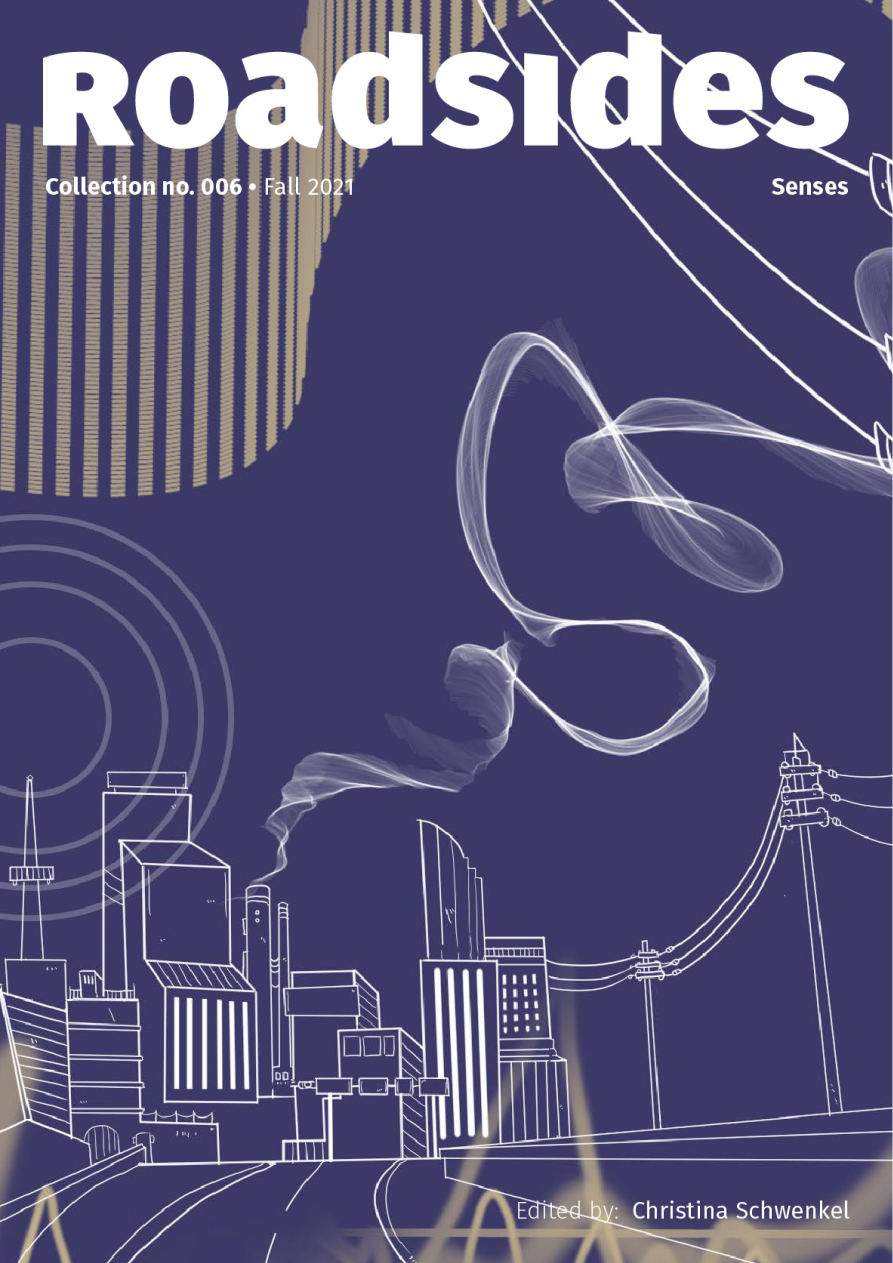
In the study of critical infrastructure, debates over the visibility and invisibility of sociotechnical systems have privileged the visual over other sensory engagements. While some scholars have argued that material infrastructures remain out of sight until they fail, others have pointed to a spectrum of perceptibility across time and space. And yet, encounters with infrastructure are more than merely visual. Even in its refusal to be seen, infrastructure can be felt and embodied through other, interdependent sensory fields: the vibrating sound of generators, the pungent smell of petroleum, the tactile shock of electricity, the bitter taste of chlorination all convey the functioning or malfunctioning of systems that sustain our daily life. Rather than think along the lines of sensory deprivation then, infrastructure—broken or not—evokes a multiplicity of embodied sensations across the human sensorium. While the senses may thus serve to mediate infrastructure, the meaning of infrastructure is likewise made and mediated through the senses.
This issue of Roadsides focuses on the sensory dimensions of infrastructure that have yet to be adequately explored and theorized in the literature. The proliferation of scholarship on material infrastructures continues to emphasize the social and the technical over the sensorial, rather than bring these approaches together to study the dense networks that facilitate the provision of goods and resources. This collection seeks to understand the diverse and contingent ways in which we apprehend and make sense of infrastructural worlds through particular modes of sensing.